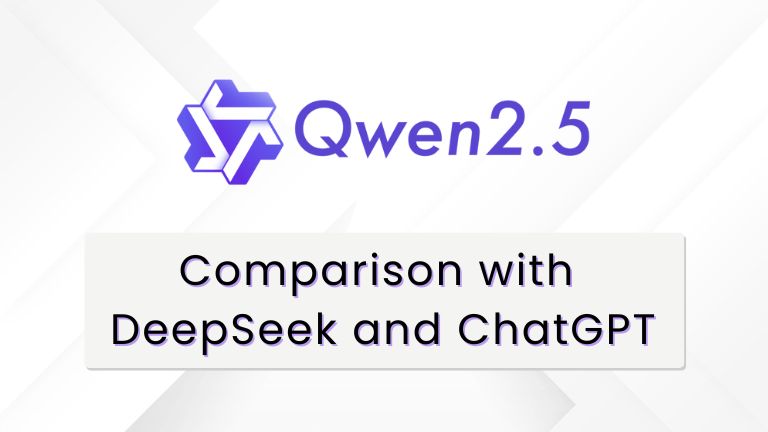
2025 is shaping up to be an exciting year for AI enthusiasts, thanks to the announcements of DeepSeek R1 and Qwen 2.5 Max! the latest breakthrough in AI technology from Alibaba Cloud. This is a significant step forward in the domain of large language models (LLMs). This update substantially improves efficiency, reasoning, and multimodal understanding, making Qwen 2.5 a powerful contender in the AI landscape.
In this blog, we’ll dive deep into Qwen 2.5, exploring its features, enhancements over previous versions, performance benchmarks, and impact on the open-source AI ecosystem and compare its performance with its rivals.
What is Qwen 2.5?
Qwen 2.5 is the latest iteration of the Qwen series of large language models (LLMs) developed by Alibaba Group. Built on a strong foundation of transformer architectures, Qwen, also known as Tongyi Qianwen models, are designed to offer superior language comprehension, reasoning, and multimodal abilities.
This release enhances the capabilities of Qwen 2, introducing optimizations that boost performance across multiple tasks while keeping efficiency in check.
Key Features of Qwen:
- Multilingual Support: Qwen supports over 20+ languages, including English, Chinese, French, Spanish, Portuguese, Russian, Arabic, Japanese, Korean, Vietnamese, Thai, Indonesian, and more. This makes it a global tool for users from diverse linguistic backgrounds.
- Advanced Natural Language Processing (NLP): With state-of-the-art NLP capabilities, Qwen understands context, tone, and intent, ensuring that its responses are accurate but also relevant and engaging. According to internal benchmarks, Qwen achieves an accuracy rate of 95% in understanding complex queries.
- Versatile Use Cases: From writing blogs and essays to coding assistance, customer support, and even creative storytelling, Qwen excels in various applications. Qwen has generated over 10 million pieces of content since its launch.
- Customization Options: Users can fine-tune Qwen to suit specific industries or tasks, making it adaptable to niche requirements. Over 500+ enterprises have already customized Qwen for their unique business needs.
- Integration-Friendly: Qwen seamlessly integrates with other tools and platforms, enabling businesses to enhance their workflows without disruption. It currently powers over 10,000+ applications globally.
- Ethical and Responsible AI: Alibaba Cloud prioritizes ethical AI practices, ensuring that Qwen adheres to guidelines that promote fairness, transparency, and safety. Qwen has undergone rigorous testing to ensure compliance with global AI ethics standards.
Key Enhancements in Qwen 2.5
1. Stronger Reasoning & Comprehension
One of the most significant improvements in Qwen 2.5 is better reasoning capabilities. The model now delivers more accurate and context-aware responses in tasks such as:
- Mathematical reasoning
- Logical inference
- Complex problem-solving
These improvements place Qwen 2.5 on par with or ahead of proprietary models, making it a competitive choice for AI-driven applications.
2. Multimodal Enhancements
Qwen 2.5 extends its multimodal capabilities, allowing the model to process and generate content based on text and image inputs. This makes it highly valuable for applications such as:
- Vision-language modeling
- AI-generated creative content
- Real-time data interpretation from visual sources
3. More Efficient & Cost-Effective
Compared to previous iterations, Qwen 2.5 has undergone model optimizations to enhance:
- Computational efficiency (lower latency & faster inference)
- Memory footprint reduction, making it easier to deploy
- Scalability, enabling smoother integration with various AI frameworks
4. Better Code Understanding & Generation
Developers and researchers will benefit from Qwen 2.5’s enhanced code-generation capabilities, which allow it to:
- Write and debug code more effectively
- Understand programming logic better
- Assist in automated software development
These upgrades make it an excellent choice for AI-assisted software engineering and research.
Performance Benchmarks
Qwen 2.5 has been tested against various standard AI benchmarks, demonstrating remarkable performance improvements over open-source and some proprietary LLMs.
Benchmark Comparisons:
- Mathematical reasoning: Significantly improved accuracy in solving complex math problems.
- Language comprehension: Better handling of nuanced and context-heavy conversations.
- Multimodal AI: Superior text-to-image and image-to-text interpretation.
- Code generation: Outperforms previous models in generating functional and structured code snippets.
These benchmarks confirm that Qwen 2.5 is one of the most capable open-source AI models available today.
Qwen 2.5 vs. DeepSeek vs. ChatGPT: A Competitive Analysis
The AI landscape is increasingly competitive, with several models vying for dominance in reasoning, multimodal capabilities, and efficiency. Here’s how Qwen 2.5 stacks up against DeepSeek and ChatGPT:
| Feature | Qwen 2.5 Max | DeepSeek | ChatGPT (GPT-4) |
| Model Type | Not disclosed | Open-source LLM | Proprietary LLM |
| Reasoning Ability | Strong in math, logical inference | Advanced but slightly weaker in contextual inference | Highly optimized for reasoning & conversation |
| Multimodal Capabilities | Strong text-to-image understanding | Limited | Very advanced (GPT-4V) |
| Efficiency & Deployment | Optimized for lower resource usage | Requires high compute | Requires OpenAI infrastructure |
| Code Generation | Improved coding assistance | Strong performance in structured coding | Best for debugging & auto-completion |
| Customization | Fully open-source & fine-tunable | Open-source | Limited, API-dependent |
| Industry Adoption | Growing adoption in AI research | Popular in open-source communities | Widely used across enterprises |
Key Takeaways:
- Qwen 2.5: Best for open-source flexibility, strong reasoning, and multimodal AI capabilities.
- DeepSeek: A promising open-source alternative but slightly behind in reasoning and multimodal AI.
- ChatGPT (GPT-4): The most advanced proprietary model, but lacks open-source accessibility.
Qwen 2.5 provides a powerful alternative to ChatGPT for developers who require transparency, customization, and efficiency in AI applications.
How Qwen 2.5 Impacts the AI Ecosystem
1. Strengthening Open-Source AI
Qwen 2.5’s open-source nature empowers developers, researchers, and enterprises to:
- Build on state-of-the-art AI technology without relying on proprietary models.
- Improve AI applications in education, healthcare, and business analytics.
- Foster AI innovation by providing a strong base model for further development.
2. Competitive Edge Over Proprietary LLMs
The release of Qwen 2.5 challenges closed-source AI models from tech giants by offering:
- Comparable or better reasoning and comprehension skills.
- Multimodal AI capabilities at no licensing cost.
- Greater adaptability for enterprise AI solutions.
Conclusion: The Future of Open-Source AI with Qwen 2.5
Qwen 2.5 signifies a major breakthrough in open-source AI, providing a robust, efficient, and scalable alternative to proprietary models. With its advancements in reasoning, multimodal capabilities, and performance efficiency, Qwen 2.5 is positioned to become the cornerstone of next-generation AI applications. Its open-source nature makes it an attractive choice for anyone looking to innovate and retain full control over their AI tools and processes.
Whether you’re a researcher, developer, or business looking to stay ahead of the curve in AI, Qwen 2.5 offers an ideal opportunity to leverage cutting-edge technology and build more efficient, powerful AI systems.
To fully unlock the potential of AI technologies like Qwen 2.5, our Free OpenCV BootCamp is the perfect place to start. By enrolling, you’ll gain hands-on experience, build your skills in deep learning, and learn how to implement cutting-edge AI models. This course will equip you with the knowledge and practical expertise needed to stay ahead in the AI field. Join now and start building your AI career today!

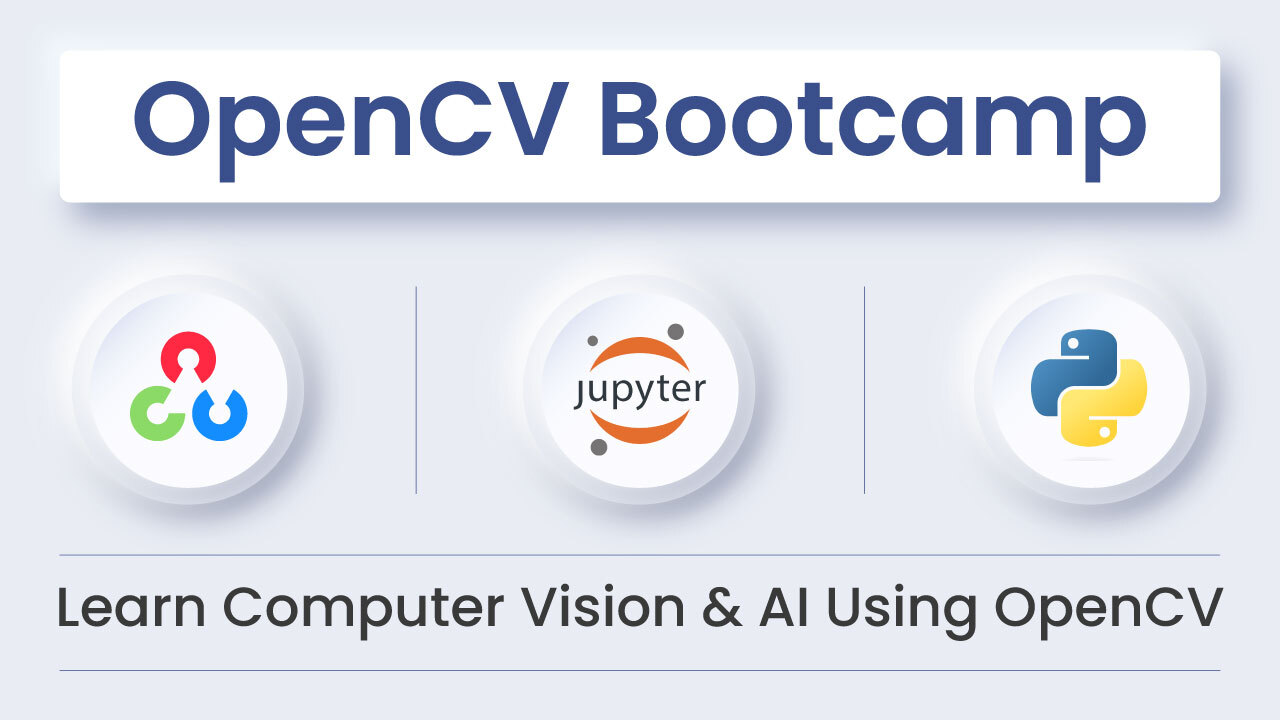
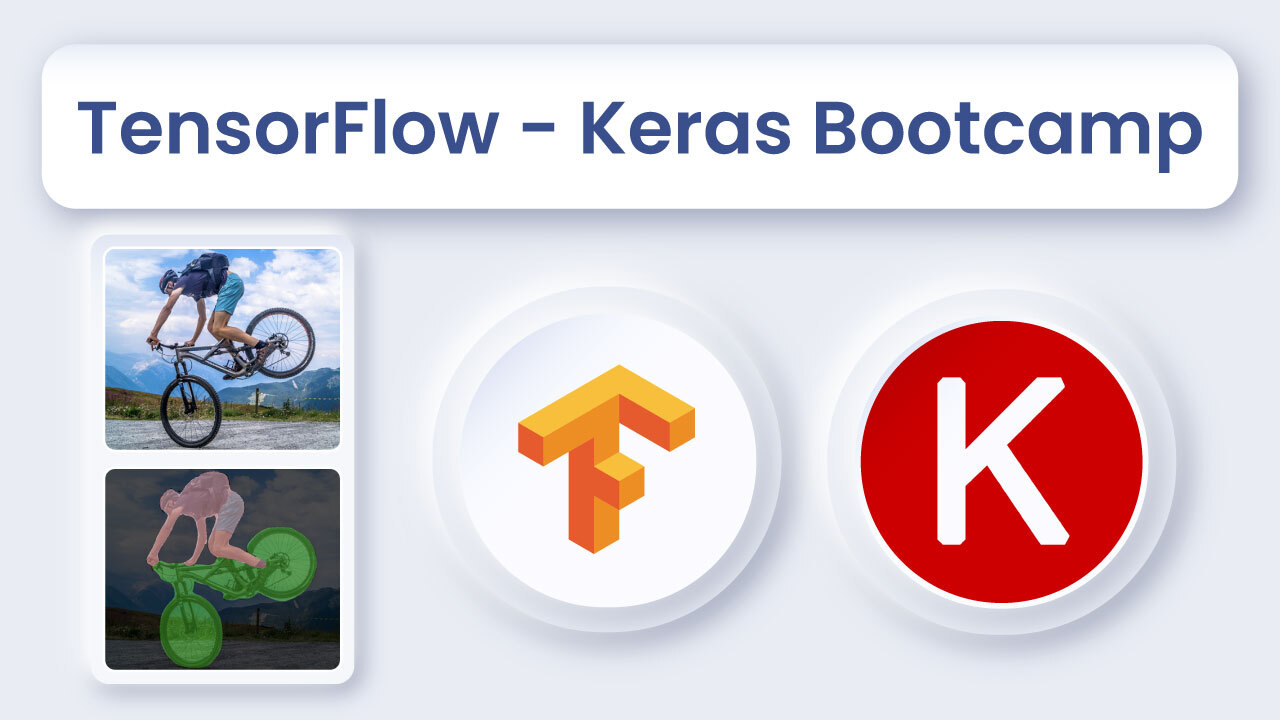
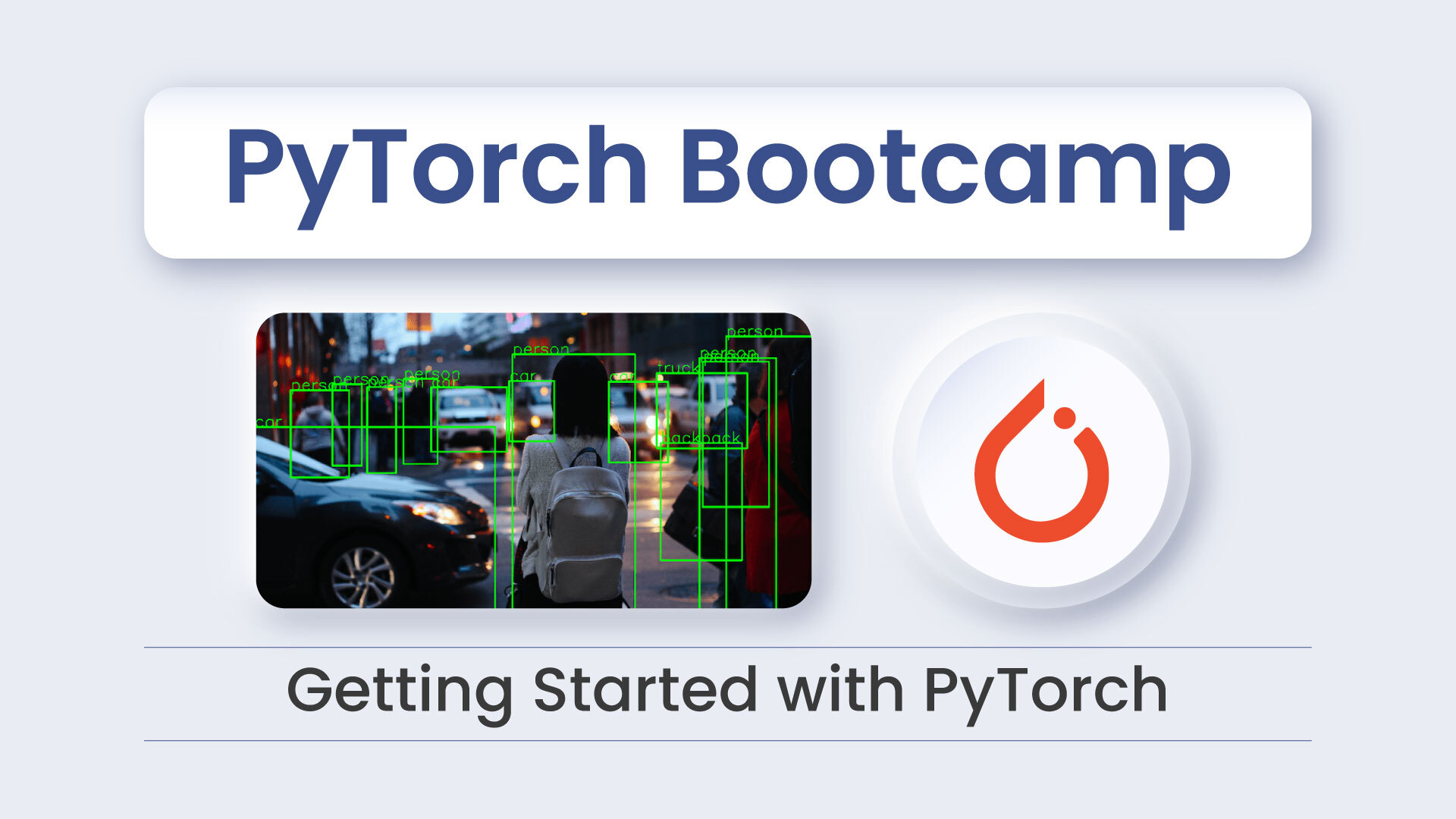
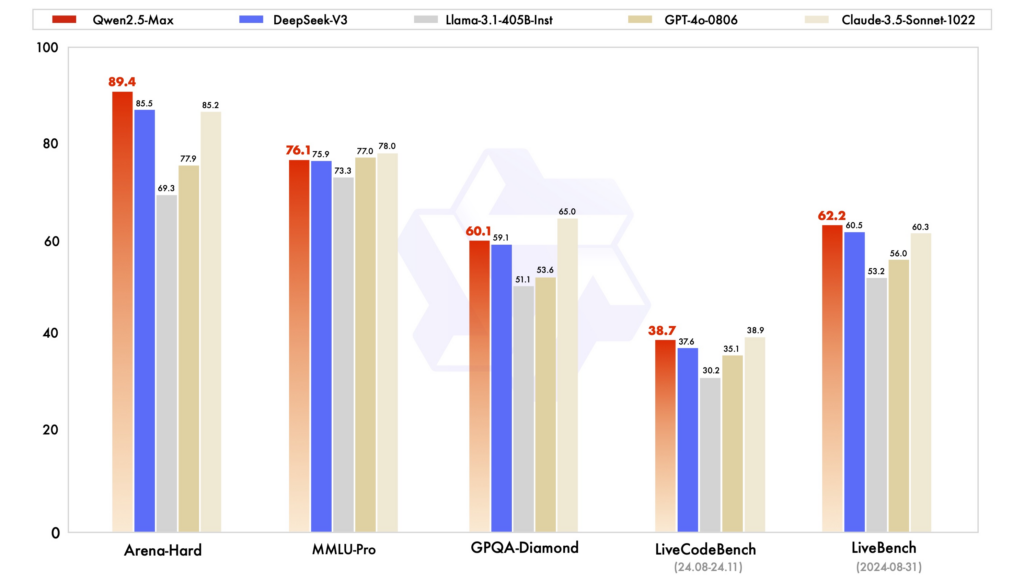
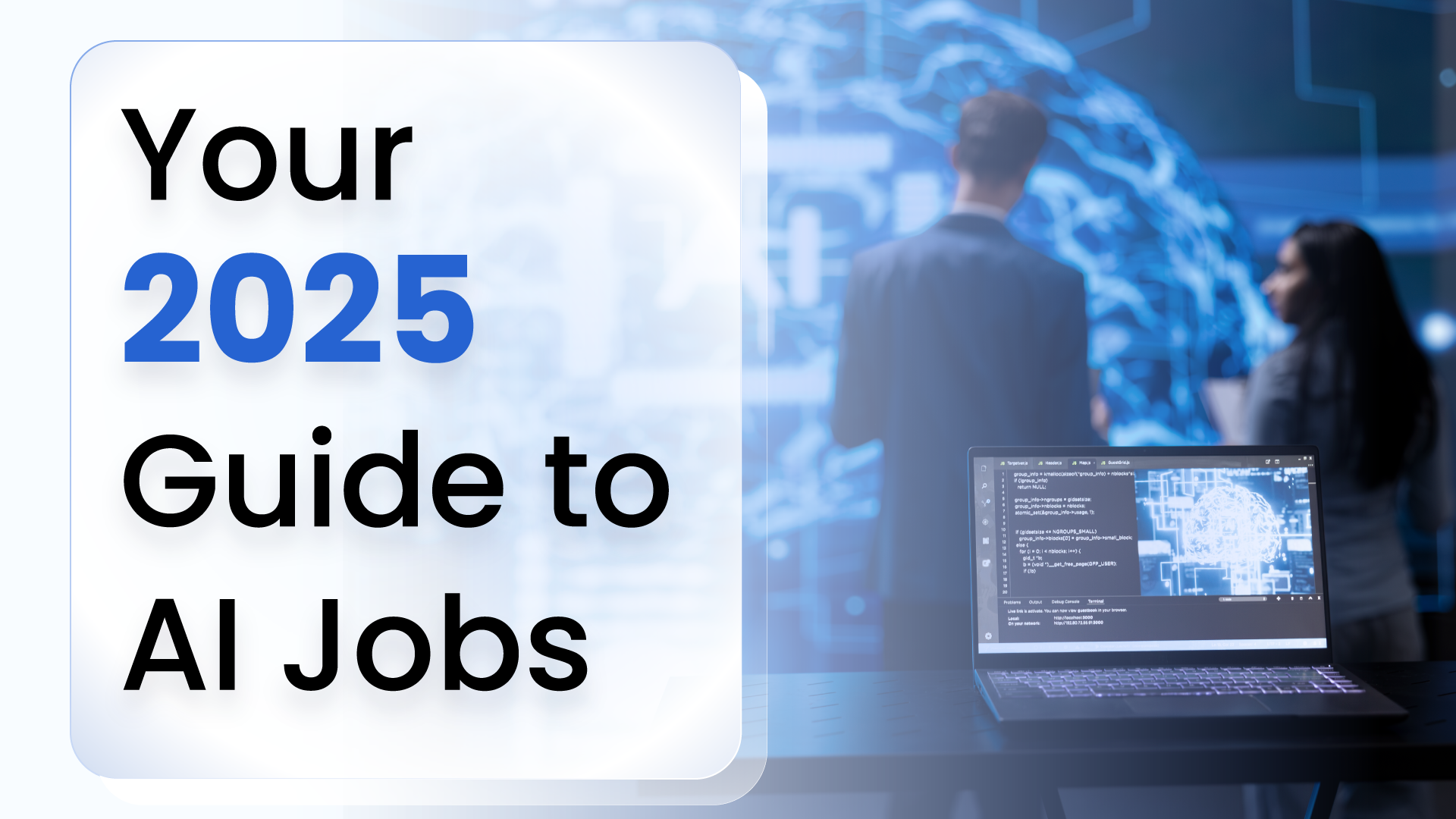
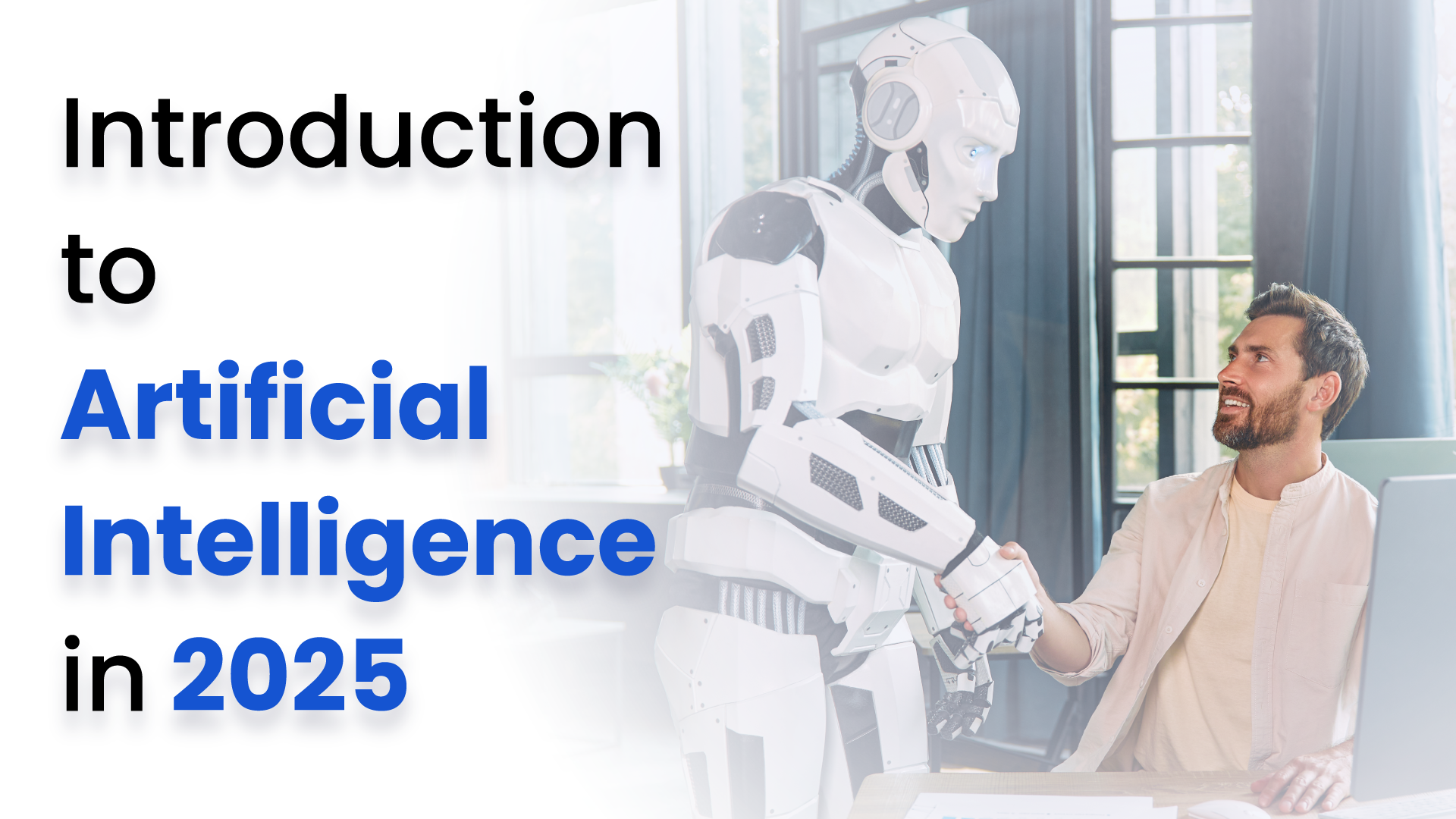
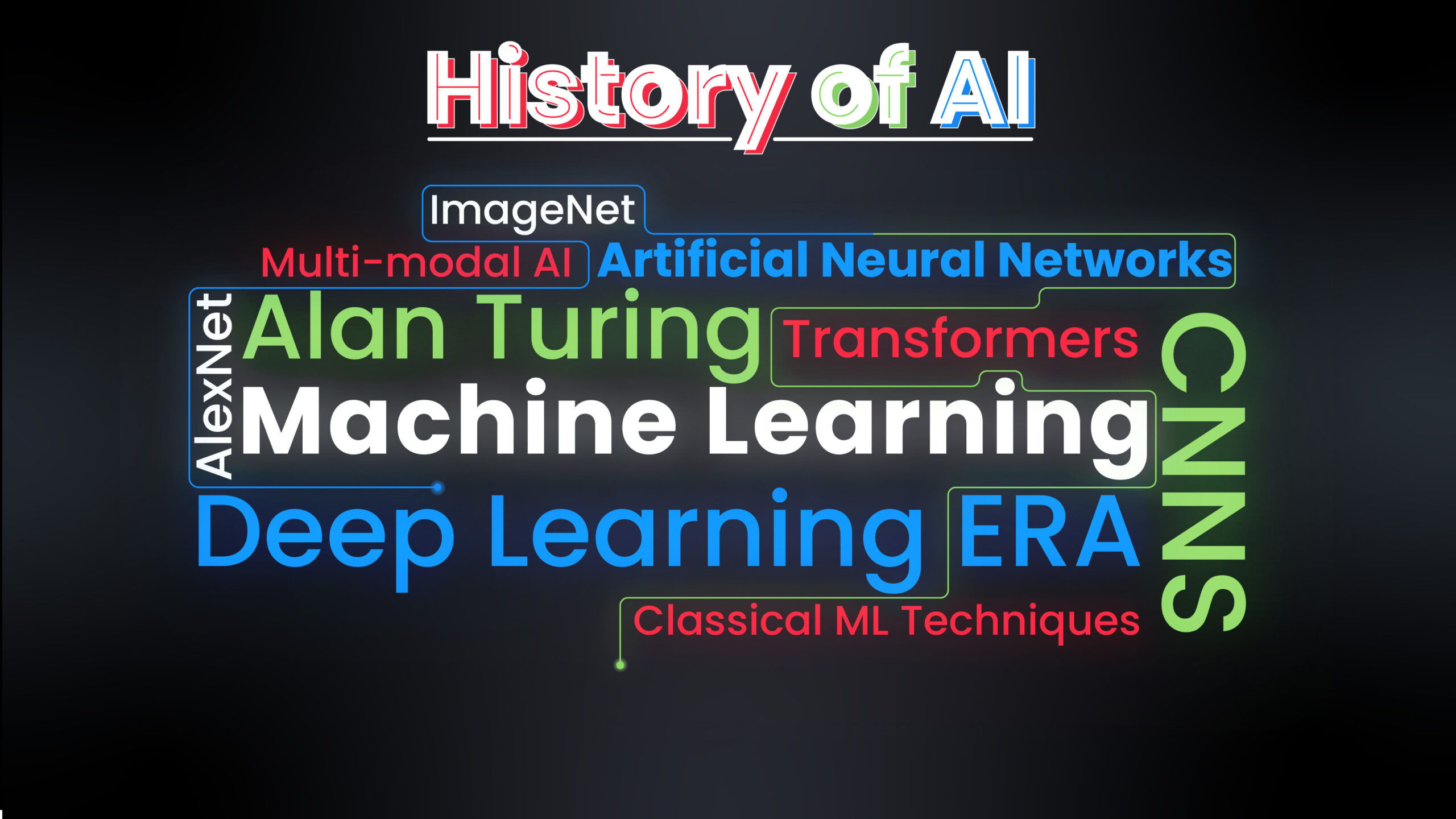
5K+ Learners
Join Free VLM Bootcamp3 Hours of Learning